How protective coatings can extend the life of your metal structures
Protective coatings are specialized materials applied to surfaces to prevent corrosion, wear, and other forms of degradation. In industrial settings, these coatings are crucial for maintaining the integrity and functionality of metal structures. By forming a barrier against environmental factors, protective coatings significantly extend the lifespan of metal components, making them an essential investment for industries reliant on metal infrastructure.
Types of Protective Coatings
There are various types of protective coatings available, each designed to address specific challenges. Common types include epoxy coatings, polyurethane coatings, and zinc-rich coatings. Each type offers unique properties that cater to different industrial needs.
For metal structures, coatings such as galvanizing, powder coatings, and ceramic coatings are often used. These coatings provide excellent protection against corrosion and mechanical damage, ensuring the longevity of metal components in harsh environments.
Benefits of Using Protective Coatings
One of the primary benefits of protective coatings is their ability to resist corrosion. By preventing moisture and chemicals from reaching the metal surface, these coatings help maintain the structural integrity of metal components, reducing the risk of failure and costly repairs.
Protective coatings enhance the durability of metal structures by providing a tough, resilient surface that withstands physical wear and environmental stressors. This increased durability translates to a longer service life, reducing the need for frequent replacements.
While the initial investment in protective coatings may seem significant, the long-term savings are substantial. By extending the life of metal structures and reducing maintenance costs, protective coatings offer a cost-effective solution for industries looking to optimize their operations.
Application Techniques for Protective Coatings
Proper surface preparation is critical for the effective application of protective coatings. This process involves cleaning the metal surface to remove contaminants and ensure optimal adhesion of the coating material.
Various application methods are used for protective coatings, including spraying, brushing, and dipping. The choice of method depends on the type of coating and the specific requirements of the project.
Factors to Consider When Choosing Protective Coatings
The environment in which the metal structure operates plays a significant role in selecting the appropriate protective coating. Factors such as humidity, temperature, and exposure to chemicals must be considered to ensure the coating performs effectively.
The type of metal and its intended use also influence the choice of protective coating. Different metals have varying properties and vulnerabilities, requiring tailored coating solutions to provide optimal protection.
Maintenance considerations are crucial when selecting protective coatings. Some coatings require regular inspections and touch-ups, while others offer long-lasting protection with minimal upkeep. Understanding these requirements helps in making an informed decision.

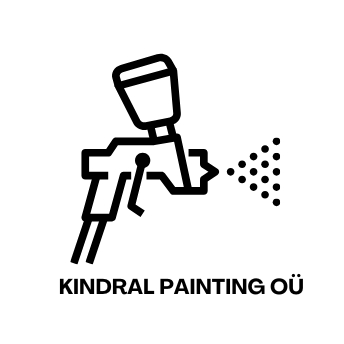
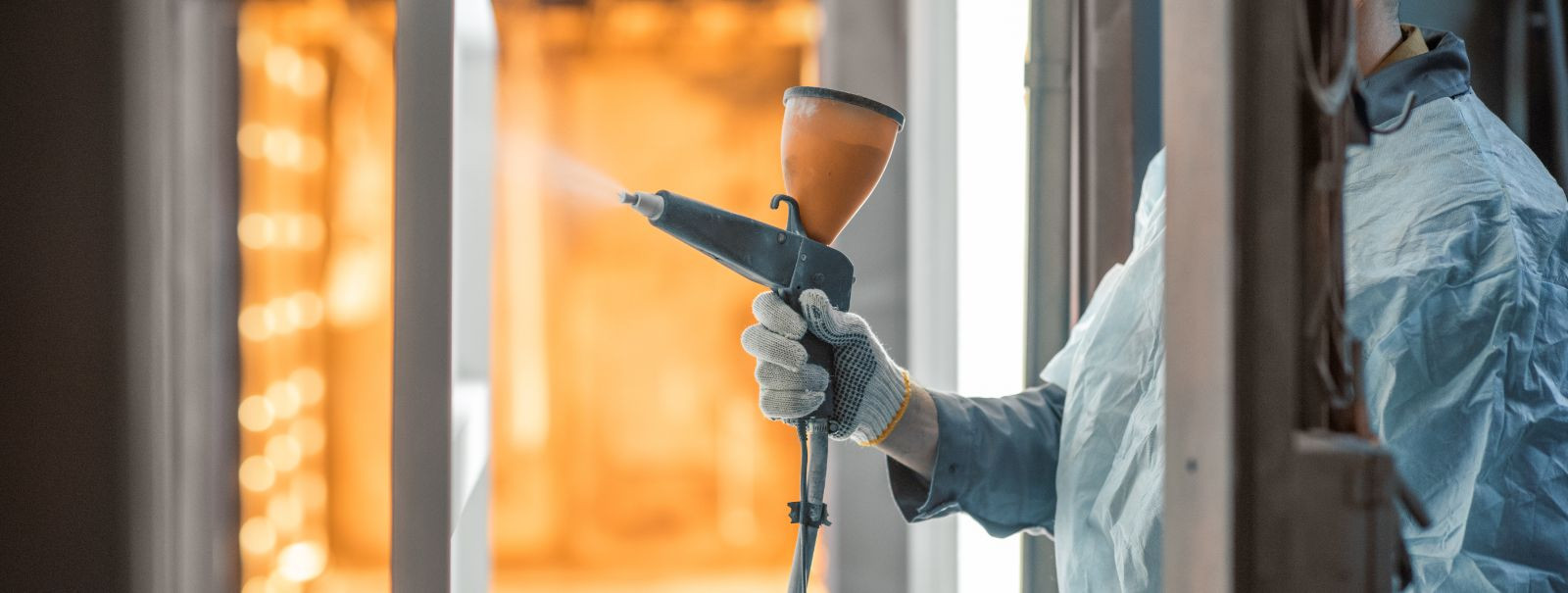

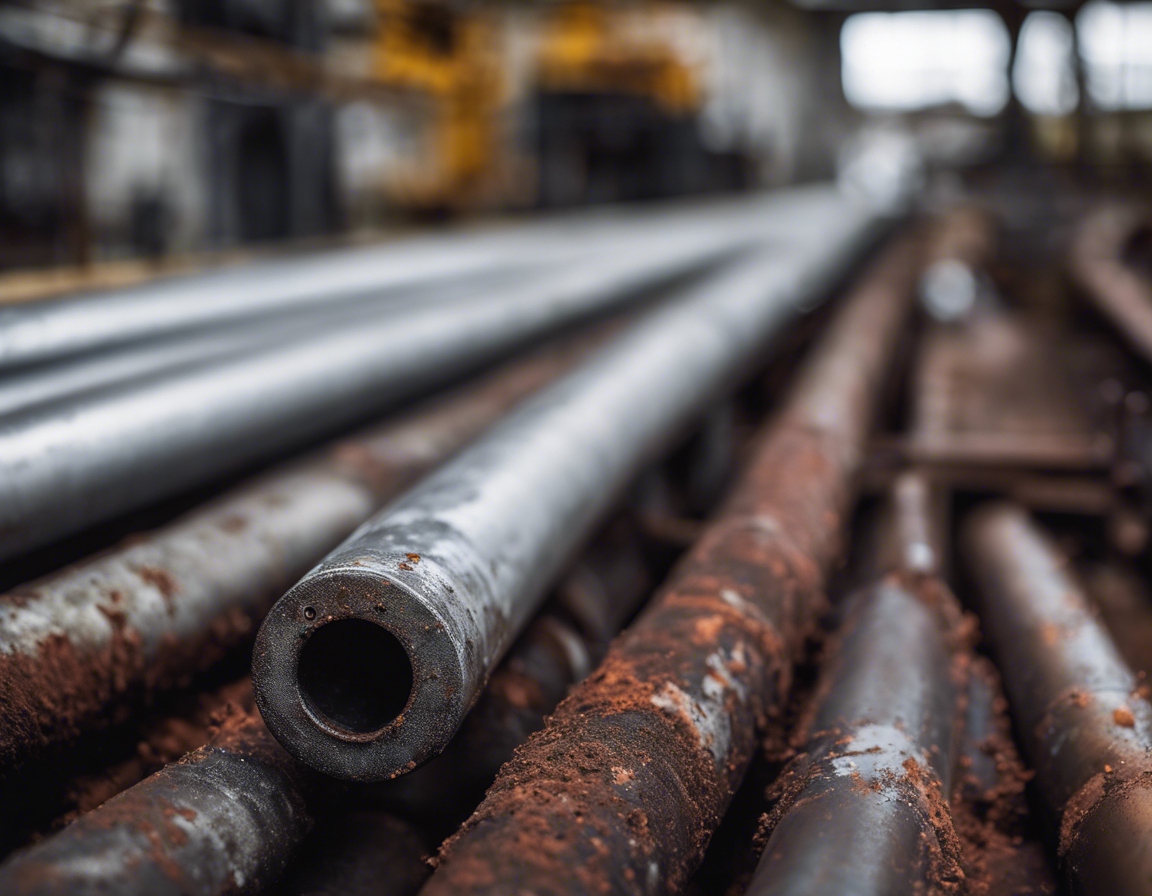
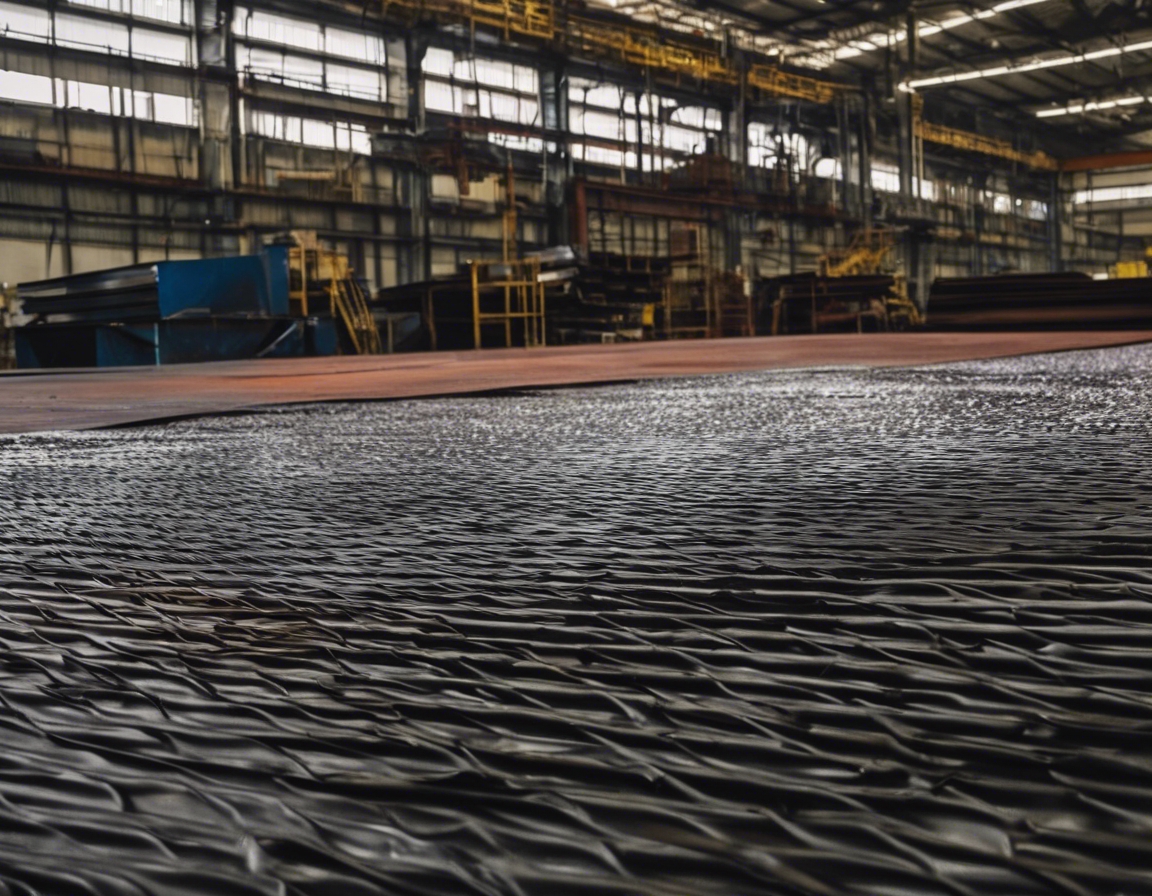
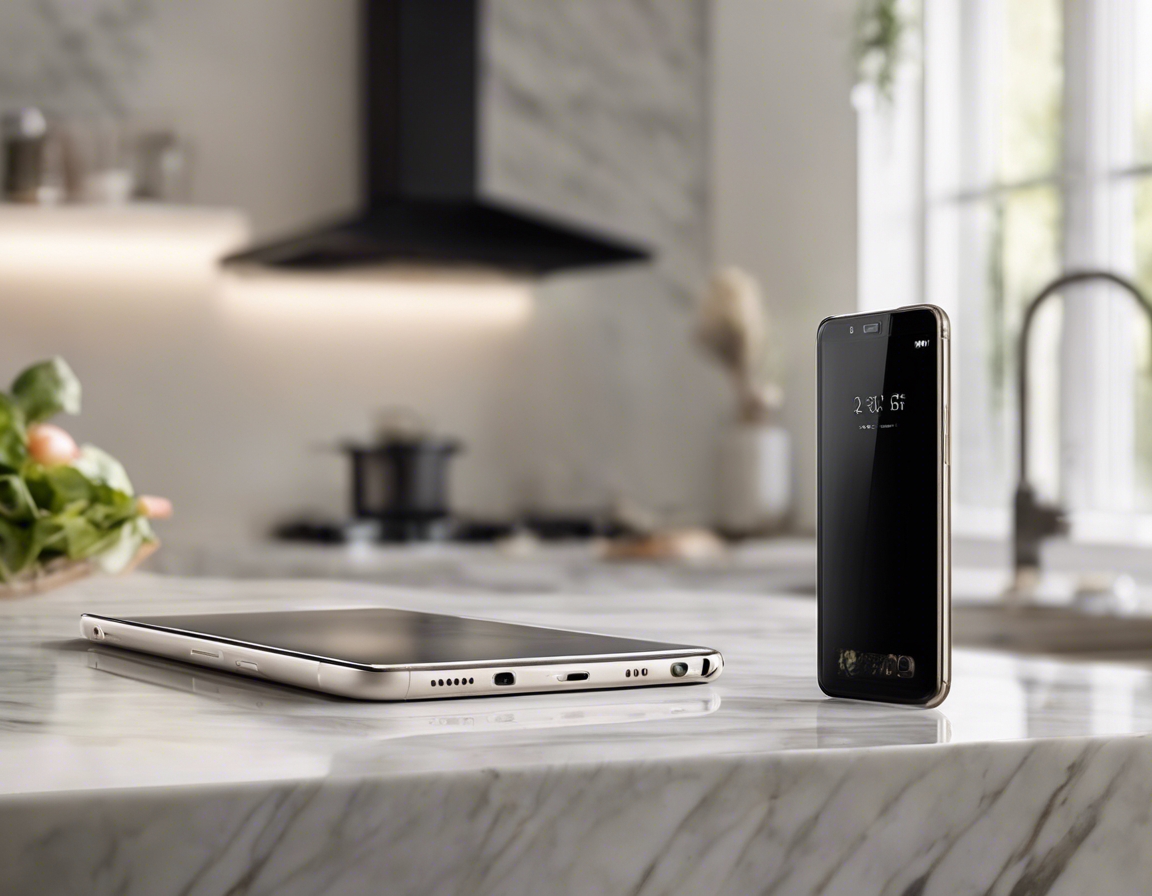

Comments (0)